CARING WITH FAMILY
|
| The level of affection displayed by a breed towards family members and familiar individuals can vary significantly. Certain breeds may exhibit a more reserved or aloof demeanor, displaying strong attachment primarily towards their owner. On the other hand, some breeds have a natural inclination to treat everyone they know as if they were their closest friend, showcasing a friendly and sociable nature. It's important to consider these general tendencies when assessing the expected level of affection from a specific breed. |
LOVE WITH CHILDREN
Unwise
Good With Children
|
| The level of tolerance and patience a breed exhibits towards children's behavior can vary significantly. Some breeds are naturally inclined to be patient and gentle making them well-suited for families with children. They tend to have a family-friendly nature and can handle the energetic and sometimes unpredictable behavior of young children with ease. However, it's important to note that individual temperament and socialization play a significant role in a dog's behavior even within a breed known for being family-friendly. |
BEHAVIOR WITH DOGS
Unwise
Good With Other Dogs
|
| The general friendliness a breed exhibits towards other dogs can vary. While dogs should always be supervised during interactions and introductions with others certain breeds may have a higher tendency to get along well with fellow canines both within their home environment and in public. These breeds typically possess a social and amicable nature that facilitates positive interactions with other dogs. It is important to remember that individual temperament and socialization experiences also play a significant role in a dog's behavior towards other dogs even within breeds that are generally friendly. |
SHEDDING LEVELS & MANAGEMENT
No Shedding
Hair Everywhere
|
| The amount of fur and hair that a breed sheds can vary. Some breeds shed minimally and therefore leave behind less hair, while others may have a higher shedding tendency. Breeds that shed more will require more frequent brushing to manage loose hair and this can help reduce the amount of hair they leave behind in the environment. |
COAT GROOMING STANDARDS
|
| When determining the grooming needs for a particular breed, it's important to consider the frequency of bathing, brushing, trimming and other coat maintenance activities. Take into account the time, patience and budget you can allocate towards this level of care. |
DROOLING INTENSITY
Less Likely to Drool
Always Have a Towel
|
| Assess how prone a breed is to drooling. If you have a strong preference for cleanliness and find it bothersome when dogs leave trails of saliva on your arm or leave significant wet areas on your attire then breeds with such tendencies might not be the most suitable option for you. |
COAT STYLES GUIDE |
| Smooth |
| COAT SPECTRUM |
| Short |
FRIENDLINESS
Reserved
Everyone Is My Best Friend
|
| The level of friendliness a breed tends to exhibit towards unfamiliar individuals varies. Certain breeds may display reserved or cautious behavior around strangers, irrespective of the setting, whereas other breeds are generally inclined to enthusiastically interact with new human acquaintances whenever the opportunity arises! |
LIVELINESS
Only When You Want To Play
Non-Stop
|
| The level of enthusiasm a breed tends to maintain for play, even beyond their puppyhood, can vary. Some breeds will continue to have a keen interest in playing games like tug-of-war or fetch well into their adult years. On the other hand, there are breeds that prefer to spend a significant amount of their time simply relaxing on the couch with you, rather than actively engaging in play. |
VIGILANCE INTENSITY
What's Mine Is Yours
Vigilant
|
| Certain breeds are known for their inclination to alert you when strangers are present. These breeds are more prone to responding to any perceived threat, whether it be the mailman or a squirrel outside the window. Additionally, these breeds tend to grow fond of unfamiliar individuals who enter the household and are accepted by their family. |
ADAPTATION CAPACITY
Lives For Routine
Highly Adaptable
|
| The adaptability of a breed to handle change can encompass a range of factors. This includes adjustments in living conditions, tolerance for noise, resilience to fluctuating weather conditions adaptability to changes in the daily schedule and their response to other variations in day-to-day life. |
OBEDIENCE LEVEL
Self-Willed
Eager to Please
|
| The ease of training your dog and their willingness to learn new things can vary among breeds. Certain breeds have a strong desire to please their owners and are motivated to make them proud making training relatively easier. Conversely, there are breeds that tend to have a more independent nature, prioritizing their own desires and displaying less inclination to follow commands or learn new skills in any given situation. |
STAMINA LEVEL
|
| The exercise and mental stimulation requirements can vary depending on the breed. High-energy breeds thrive on activity and eagerly seek out their next adventure. They are always ready to engage in running, jumping, and playing throughout the day. In contrast, low-energy breeds tend to possess a more laid-back disposition and would rather spend their time relaxing and snoozing, resembling couch potatoes in their contentment with a leisurely pace. |
VOCALIZATION
|
| Medium |
LEARNING CURIOSITY LEVEL
Happy to Lounge
Needs a Job or Activity
|
| The mental stimulation required by a breed to maintain a state of happiness and overall health can vary. Purpose-bred dogs often have specific jobs that demand decision-making, problem-solving, concentration and other cognitive qualities. Without adequate mental exercise, they may resort to creating their own activities to keep their minds occupied and these activities might not align with your preferences. It is crucial to provide appropriate mental stimulation to prevent any undesirable or destructive behaviors that may arise from their unmet mental needs. |
| COLORS |
|
Description
|
Registration Code
|
|
Black & Rust
|
015
|
|
Blue & Rust
|
042
|
|
Fawn (Isabella) & Rust
|
316
|
|
Red & Rust
|
145
|
|
White
|
199
|
|
| PATTERNS | . |
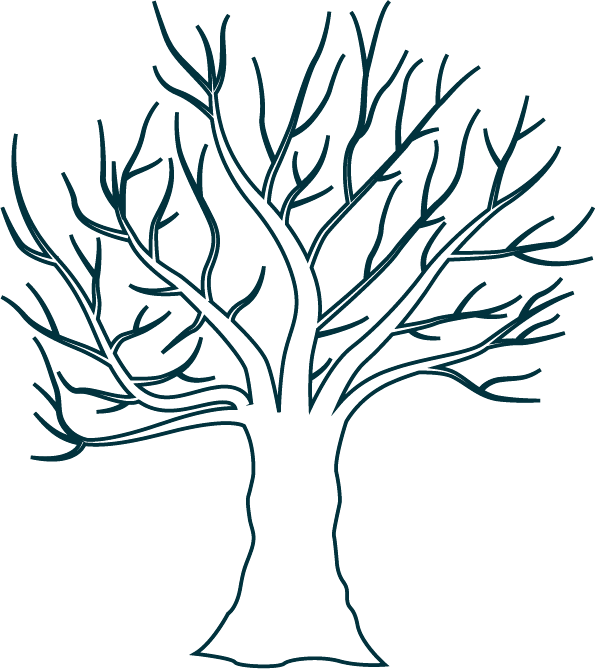


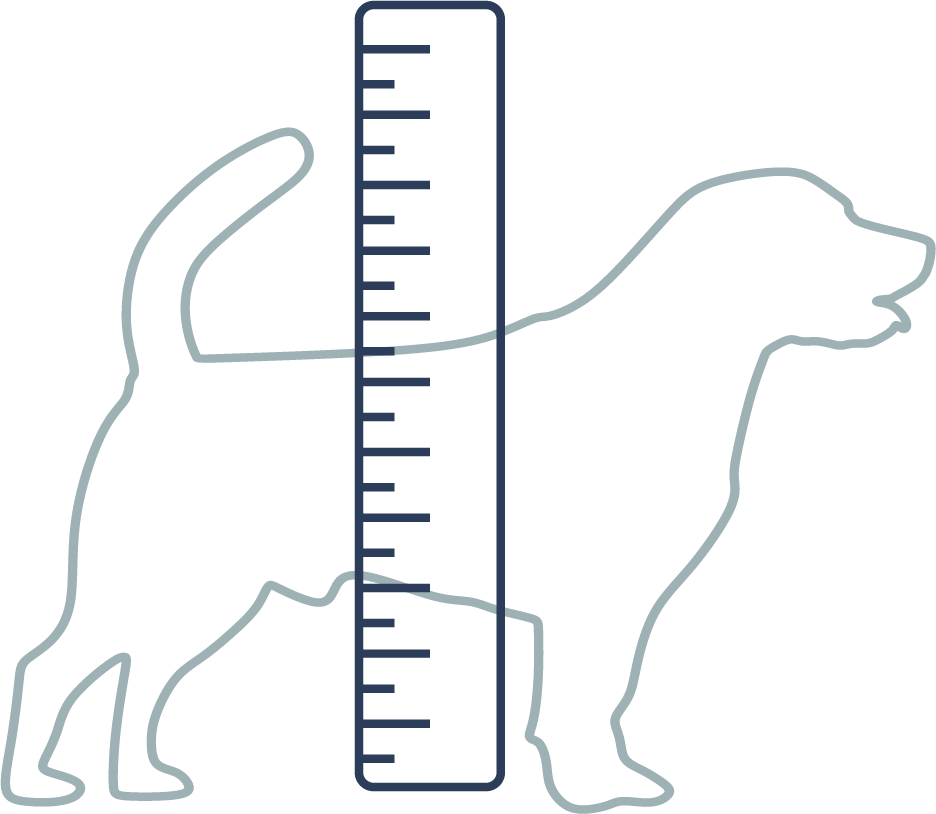
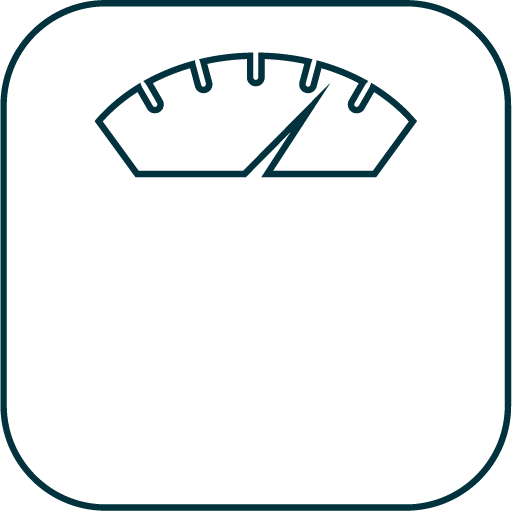
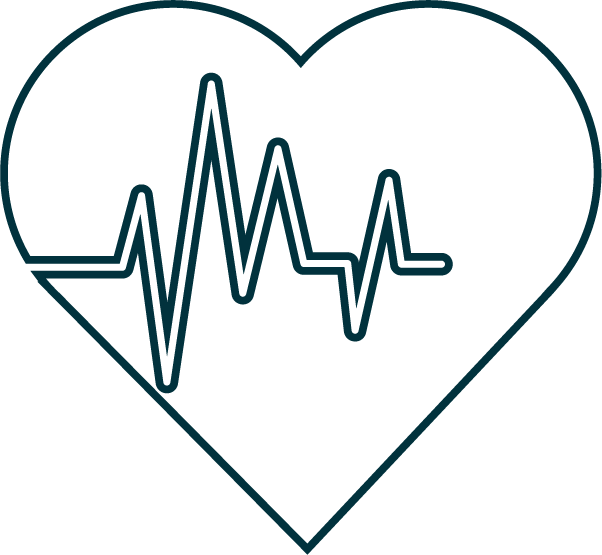
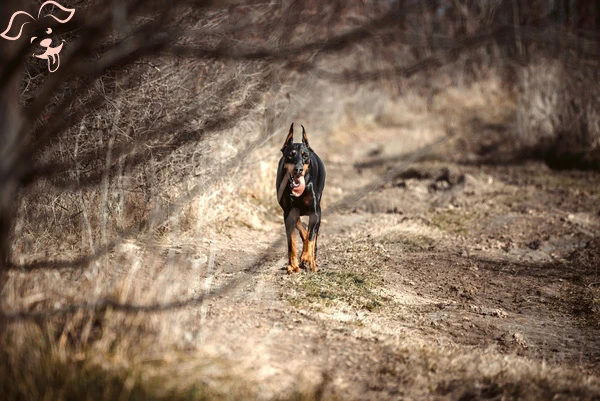
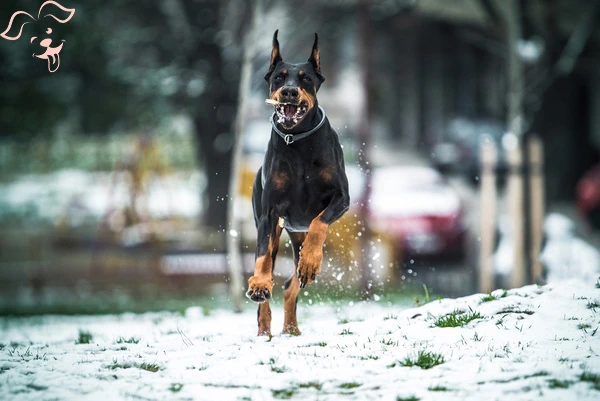
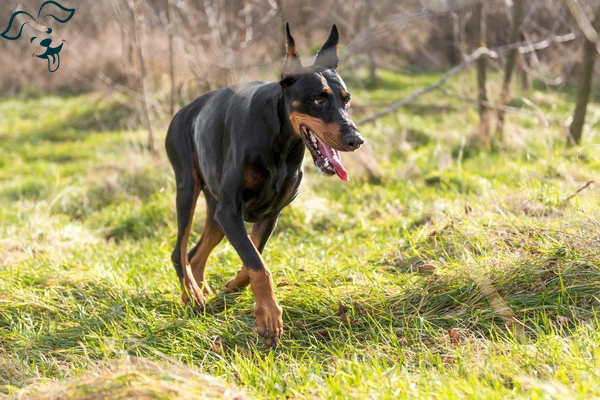
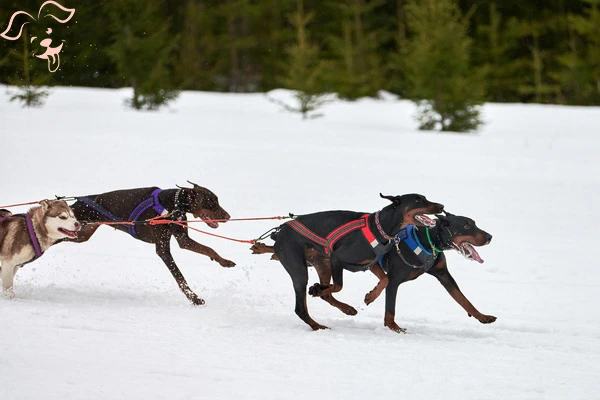

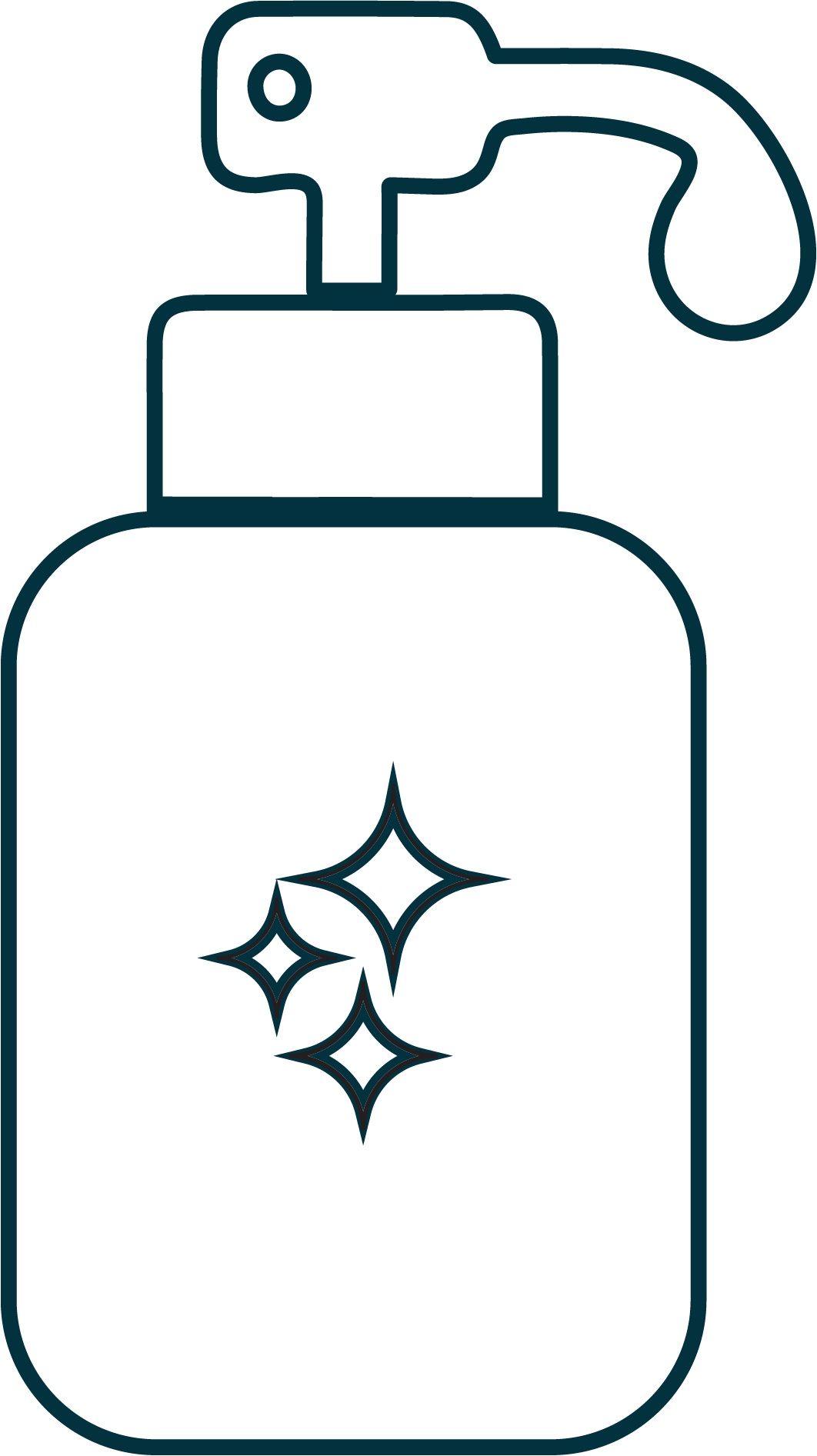


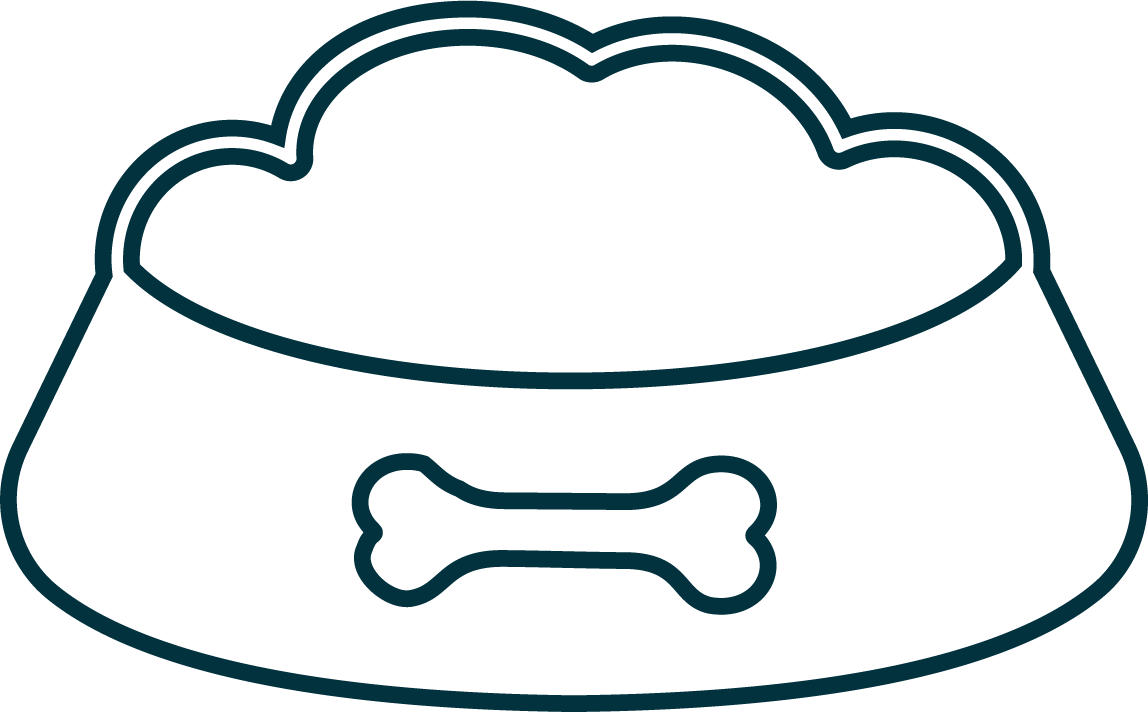

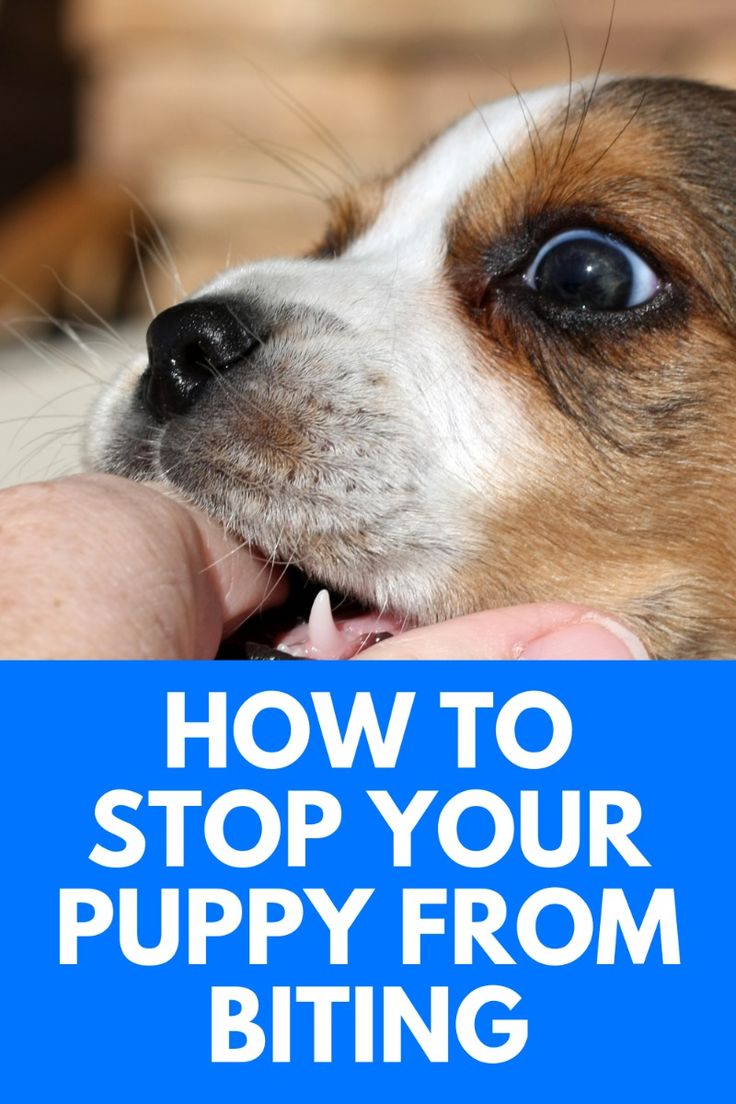
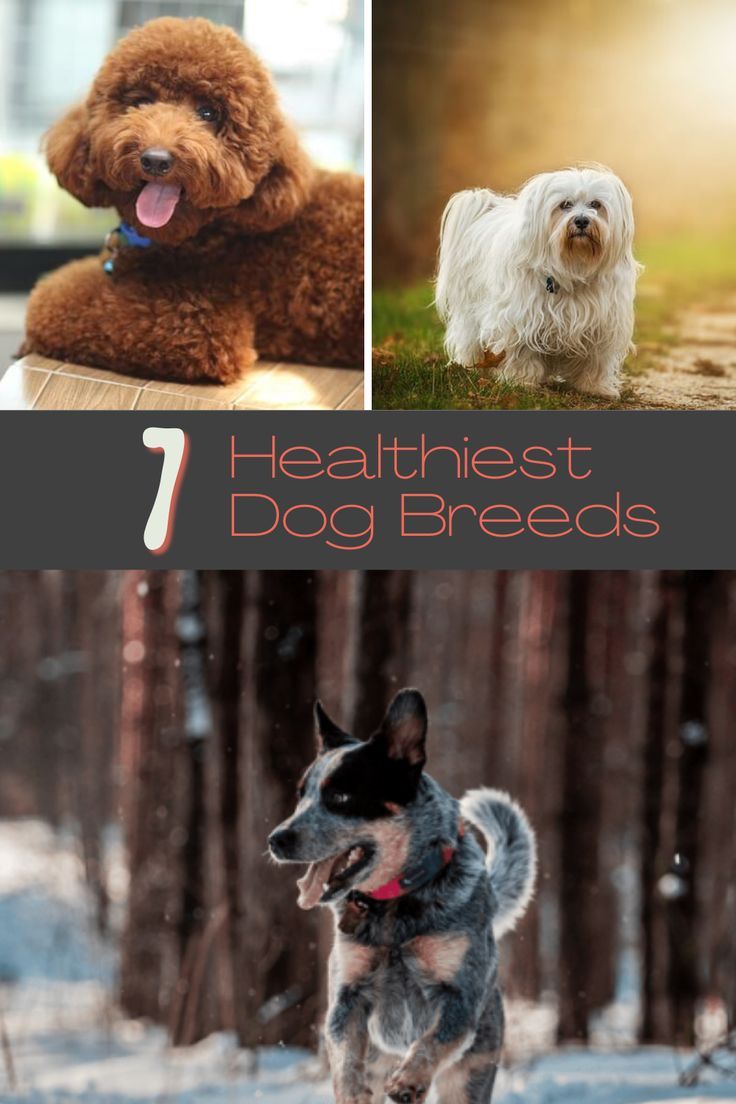

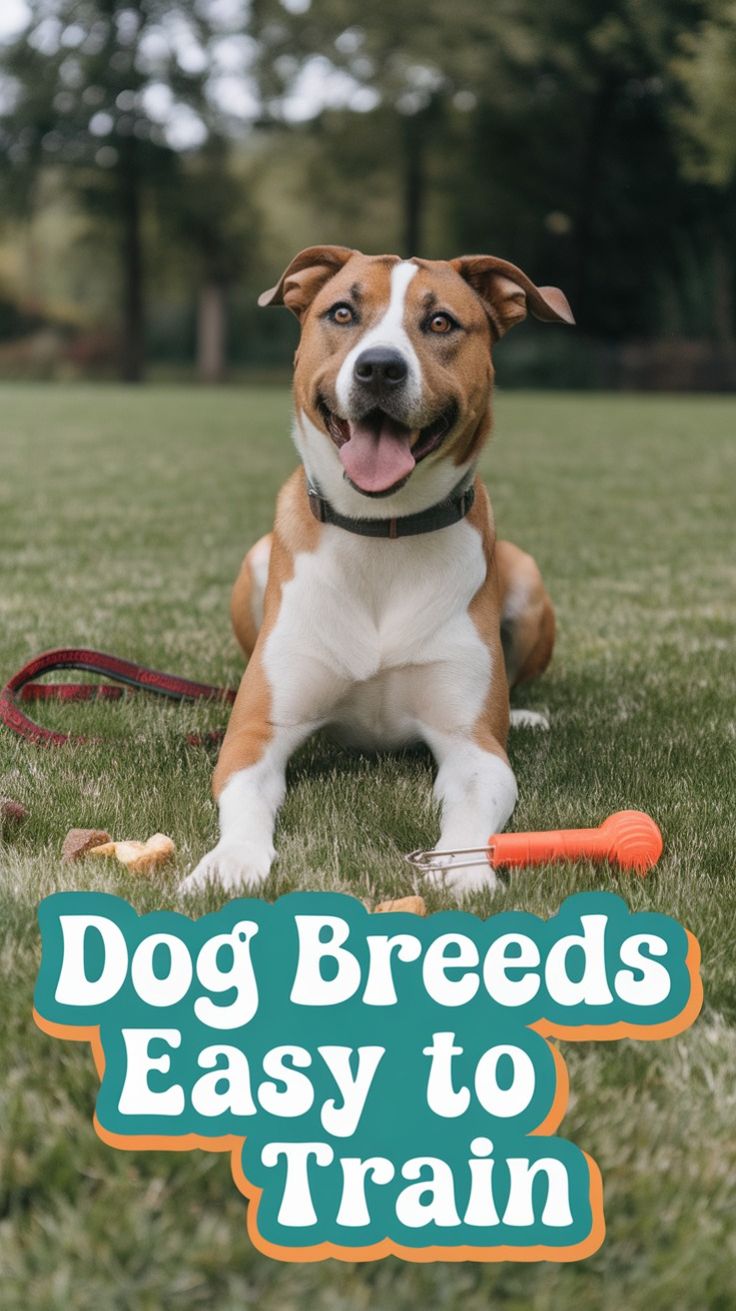
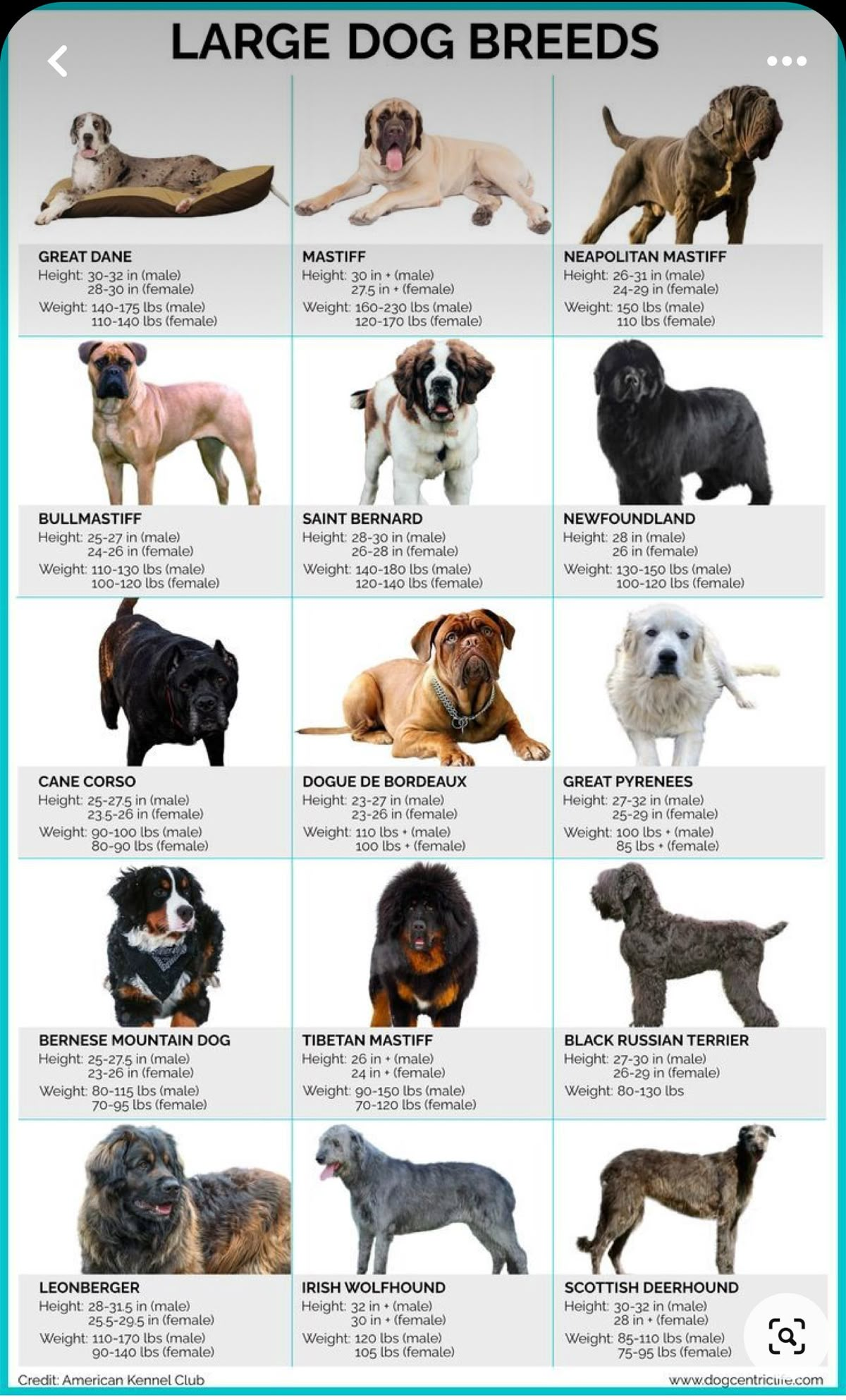

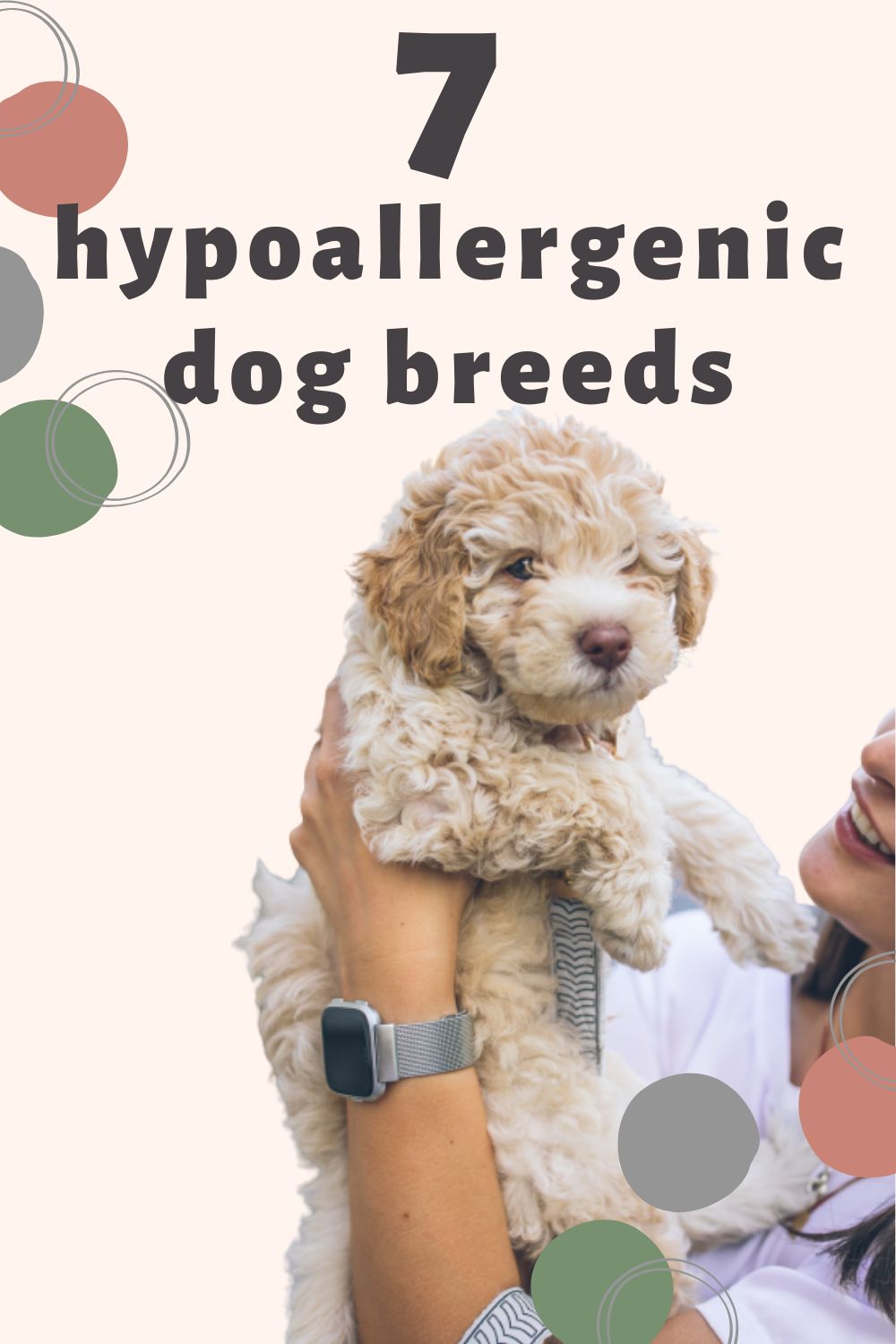
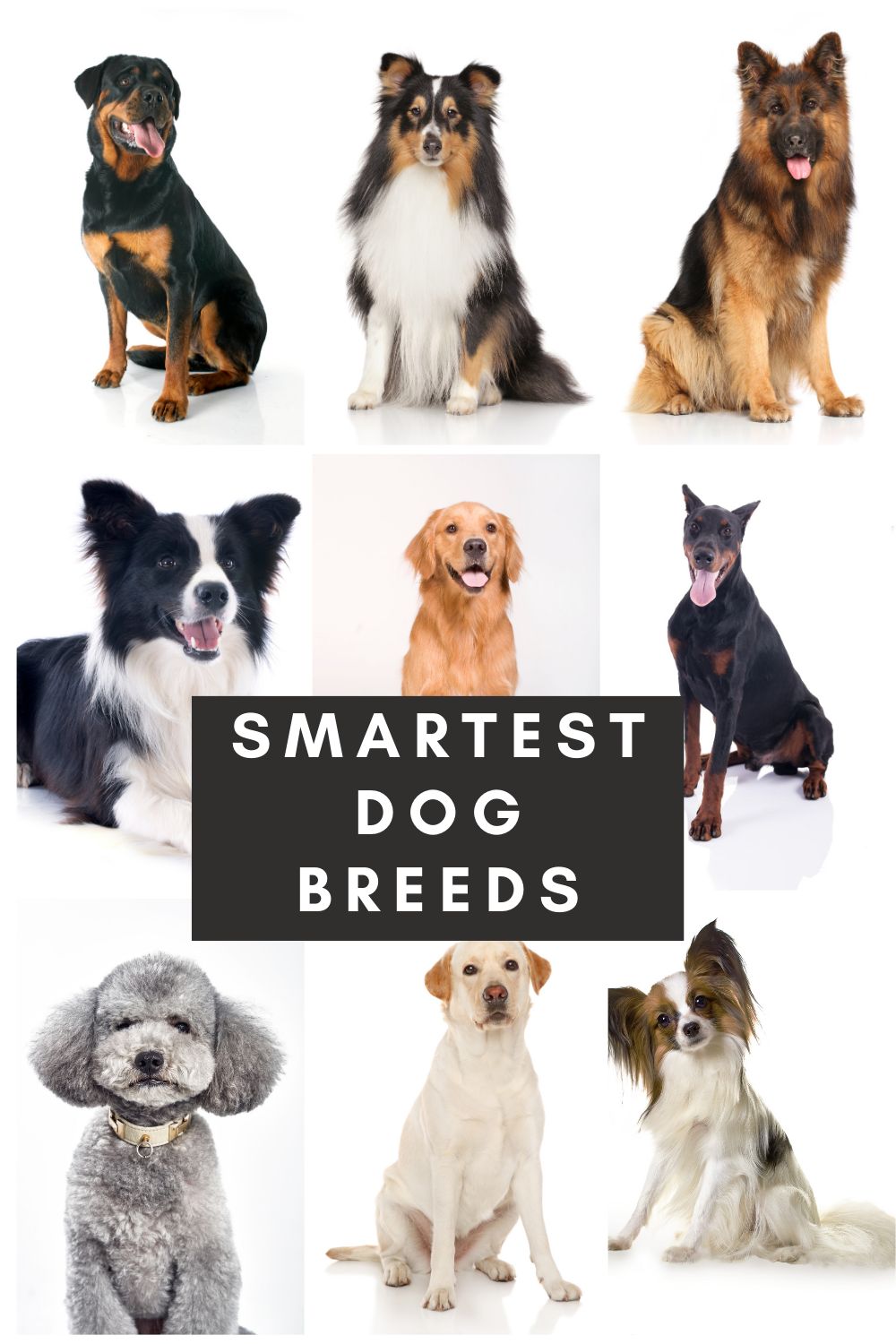
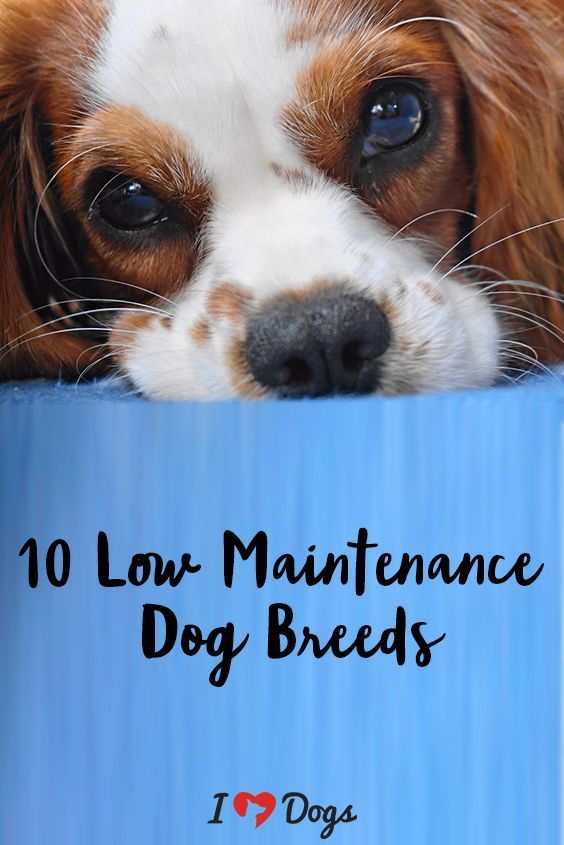


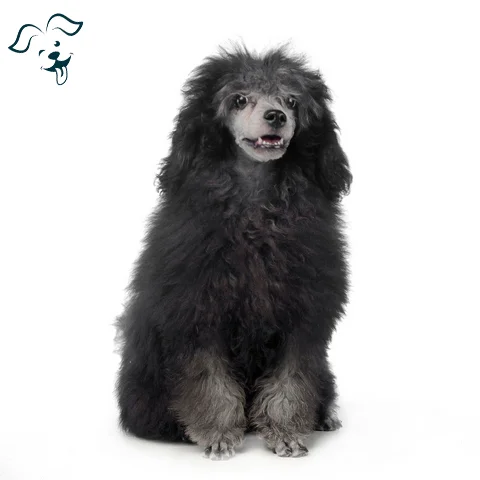

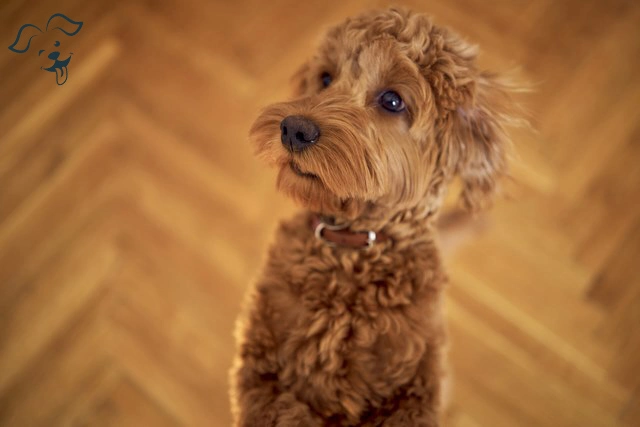
FRIENDLINESS
LIVELINESS
VIGILANCE INTENSITY
ADAPTATION CAPACITY